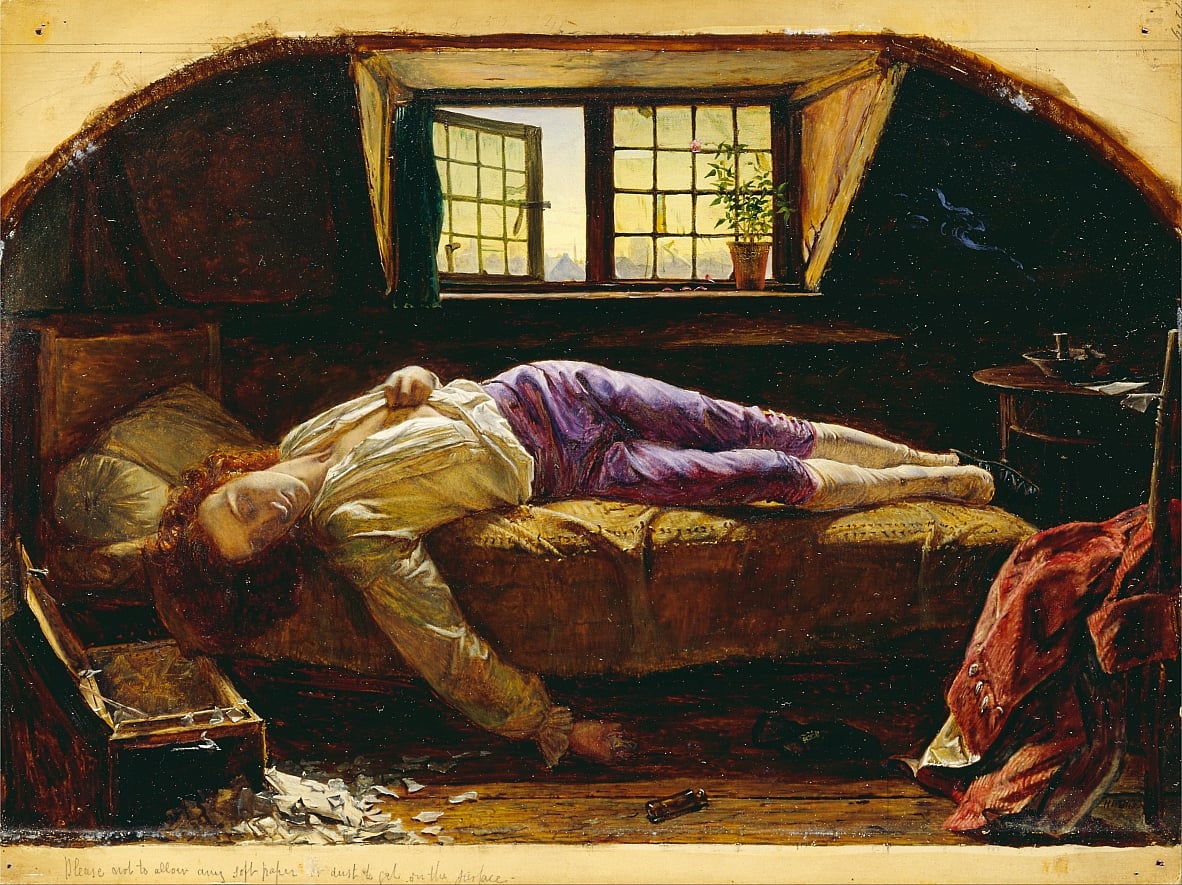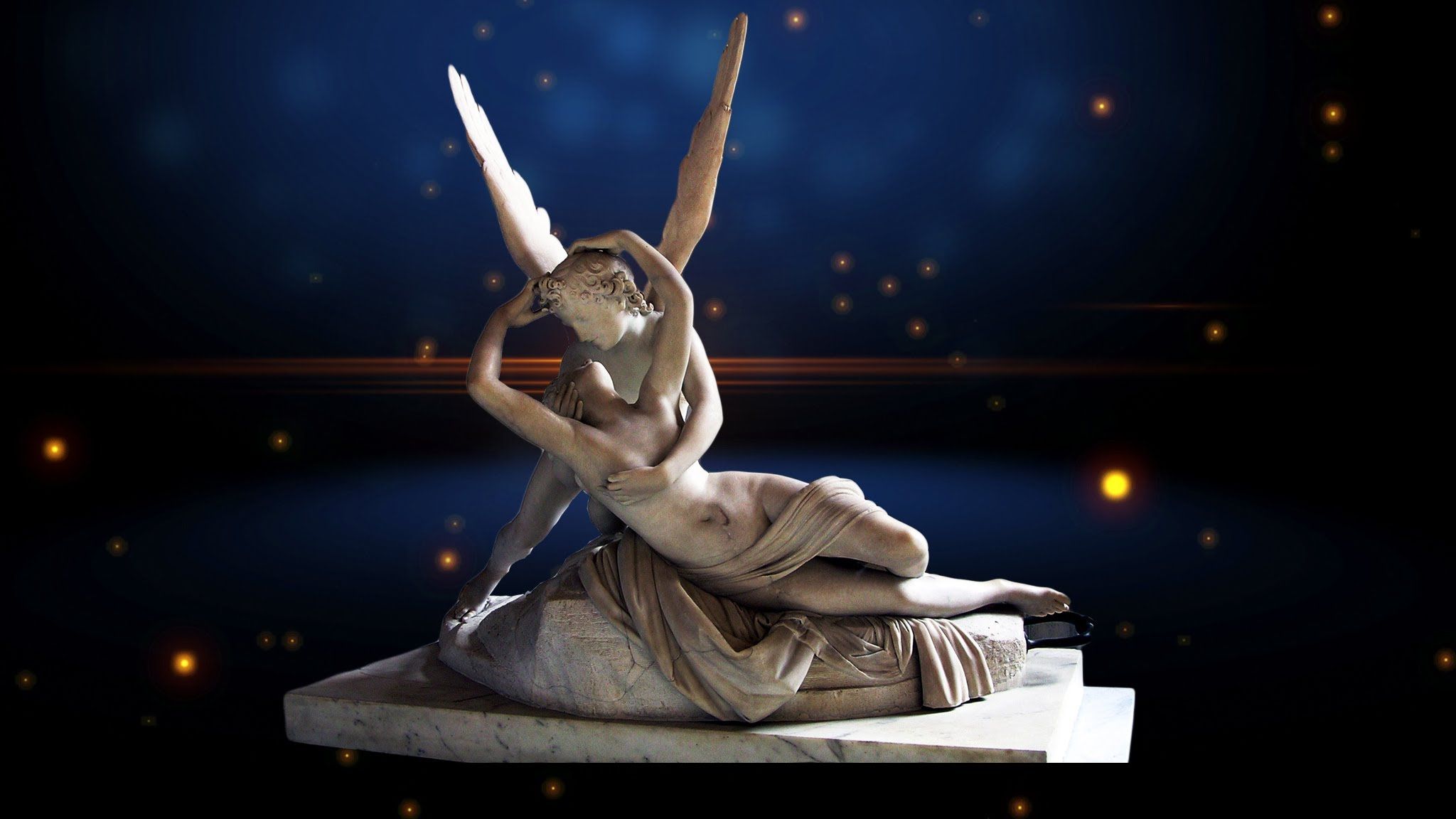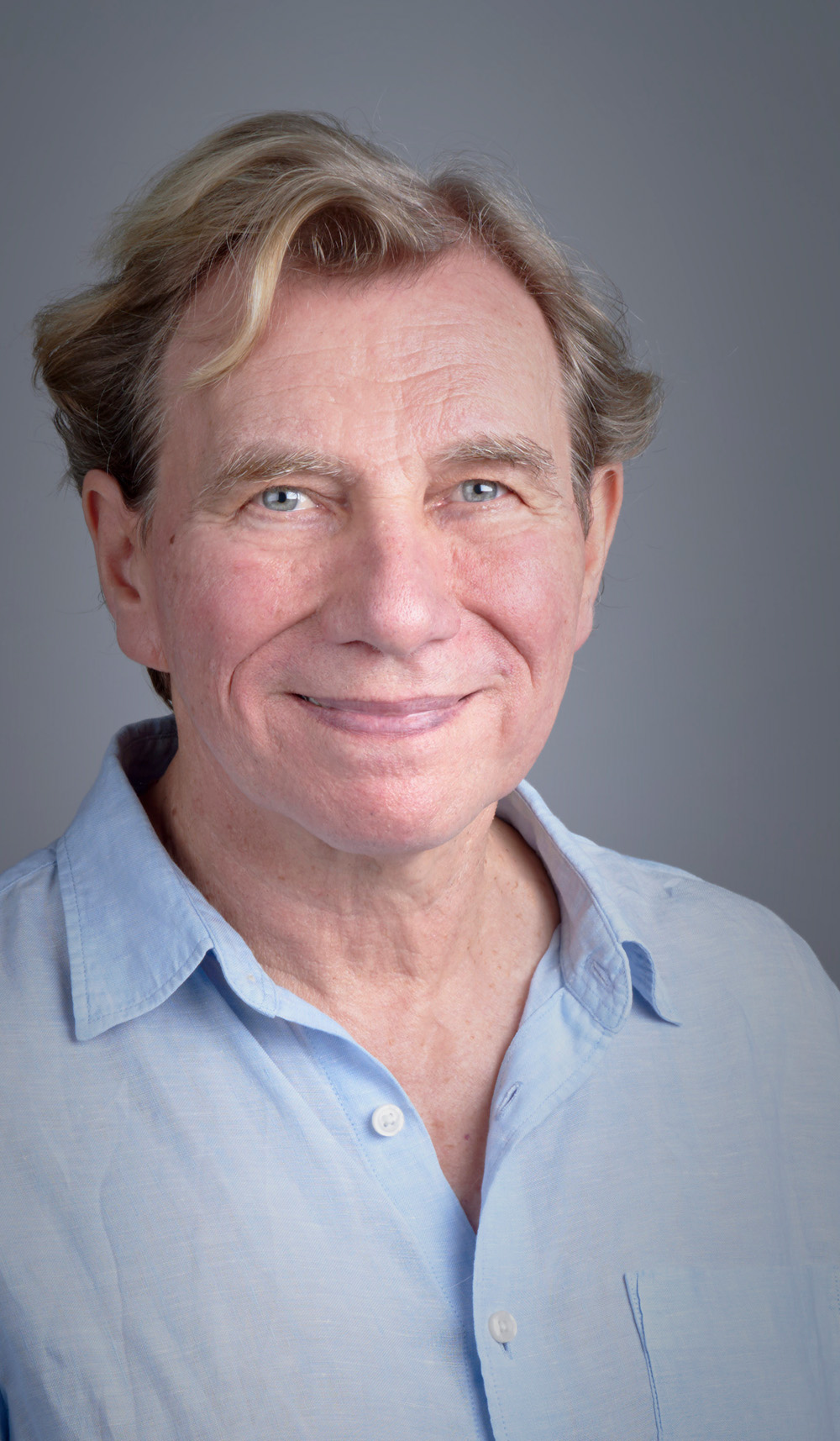THE WINTER PALACE
A haunting tale of love, loss, and new beginnings . . . deftly and sensitively written.
KATE FORSYTH, author of The Crimson Thread.
Completely enthralling . . . A masterpiece of historical fiction.
CARMEL BIRD, author of Cape Grimm.
A poignant story of love and loss, heartbreak and hope . . . showing how love can forge extraordinary compassion and bravery, and endure forever despite impossible odds.
LISA MEDVED, author of The Engraver’s Secret.
The best advice I’ve heard about writing? ‘Don’t’. Imagine all […]



